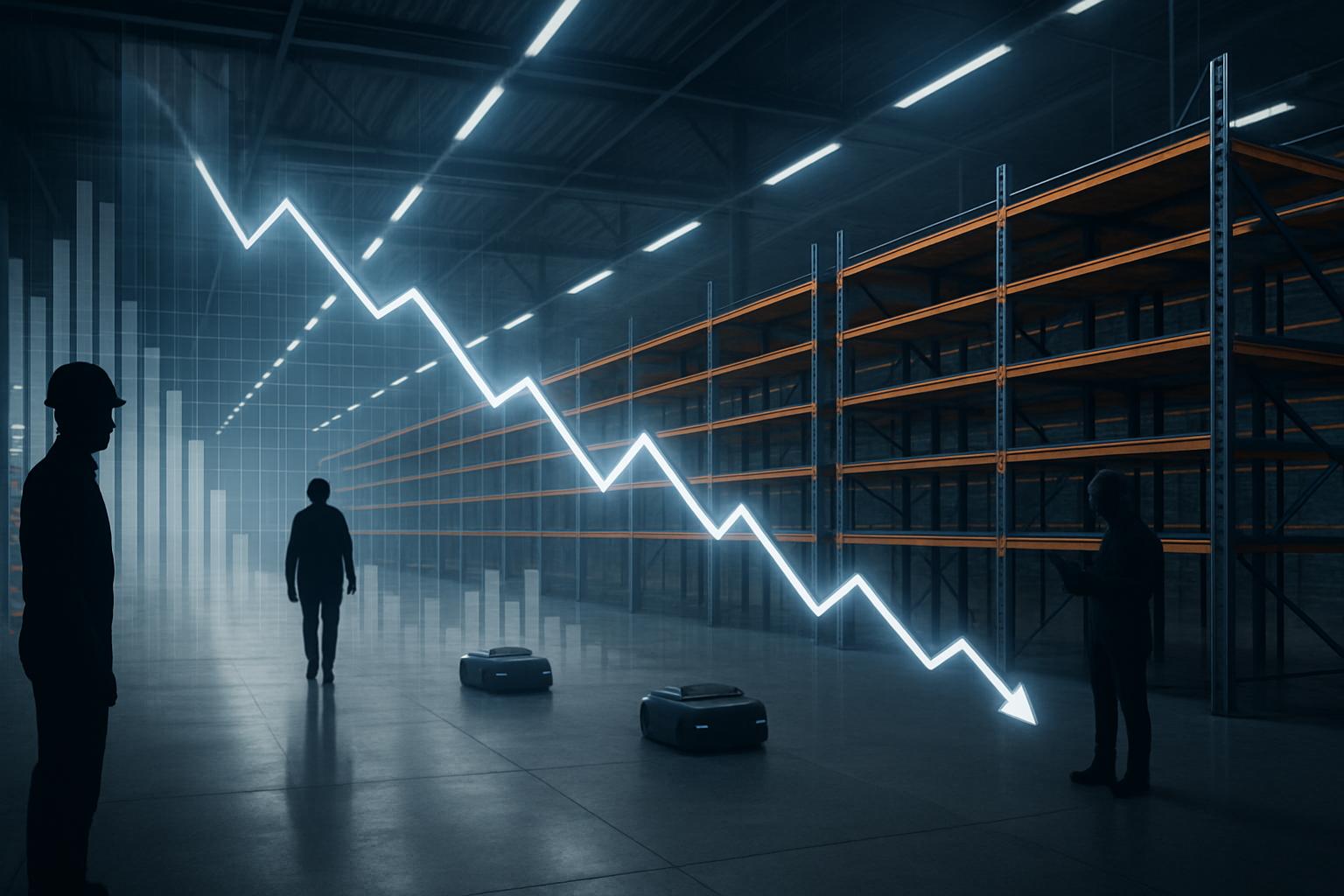Industrial Space Demand Declines Amid Economic Uncertainty
Following a surge driven by the pandemic-fueled boom in e-commerce, demand for industrial warehouse space has weakened considerably. After peaking in recent years, absorption of industrial space fell sharply in the second quarter of 2025, marking the first quarterly decline since 2010, according to a report by NAIOP, a commercial real estate development association.
During the first half of 2025, just 27 million square feet of industrial space was absorbed, with a notable decrease of 11.3 million square feet in Q2 alone. This downturn is attributed to ongoing economic uncertainty, including fluctuating tariff policies and sustained inflationary pressures, which have tempered the urgency for new industrial space.
Forecasts Signal Slow Recovery
NAIOP projects that net absorption will remain nearly flat through the second half of 2025 as occupiers adjust to the evolving tariff environment. The report anticipates a moderate recovery beginning in the second quarter of 2026, with full-year absorption reaching approximately 119.3 million square feet and continued growth into early 2027.
“Demand for industrial space is expected to recover somewhat after occupiers have time to adjust to a new tariff regime,” the report states, while cautioning that higher tariffs and slower employment growth are likely to restrain demand compared to the robust growth observed between 2020 and 2022.
Industrial Property Sales and Pricing Trends
Commercial real estate sales activity in the industrial sector remains active, with 2025 sales volume projected to match last year’s pace of $74.3 billion, reflecting a 14.7% increase over 2023. However, this remains well below the record $129.8 billion recorded in 2021, according to Yardi’s market analysis.
Price appreciation has also decelerated considerably. After a 54% increase in average sale prices between 2019 and 2022, growth has slowed to just 6% year-over-year in 2025. Yardi attributes the earlier surge to cheap capital and investor interest fueled by record rent growth and historically low vacancy rates.
Vacancy and Rent Dynamics
The national industrial vacancy rate reached 9.1% in July 2025, a slight increase from the previous month and up 270 basis points compared to July 2024. Despite the rise in vacancies, in-place rents have continued to climb, posting a 6.1% increase year-over-year.
Peter Kolaczynski, director of Yardi Research, commented on the market’s evolution: “We’ve watched the industrial investment market move from darling to resilient over the past few years, but we anticipate activity and interest to ramp up with the expectation of economic clarity coupled with growing demand for space.”













